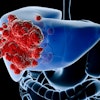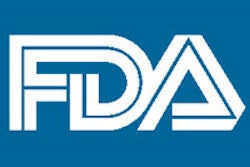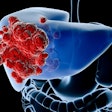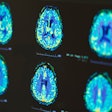A new nationwide system for more effectively tracking and reporting problems with medical devices could be implemented by unifying various medical data reporting systems, according to an article published July 11 in the Journal of the American Medical Association by top officials with the U.S. Food and Drug Administration (FDA).
In the article, Dr. Robert Califf, FDA commissioner of food and drugs, and Dr. Jeffrey Shuren, director of the FDA's Center for Devices and Radiological Health (CDRH), outlined how regulation of medical devices in the U.S. could be improved through greater integration with the National Evaluation System for Health Technology (NEST), a new organization being promoted by the FDA.
NEST would improve upon the current system for tracking problems with medical devices by creating a virtual system for generating evidence on how devices are performing in clinical practice and for identifying problematic devices. NEST would link data being collected by electronic health records (EHRs), device registries operated by professional societies, claims databases from payors, and the FDA's own data collection initiatives (JAMA, July 11, 2016).
The FDA believes that NEST should be operated by an independent center with a governing board comprised of stakeholders such as patient groups, healthcare organizations, government regulators, and device and software manufacturers. The FDA could use data collected by NEST to make regulatory decisions that currently are based on less comprehensive information, Califf and Shuren wrote.
Several important steps remain before NEST can become a reality, however. Data on clinical outcomes must be linked to unique device identifiers (UDIs), and software such as EHRs must be capable of capturing UDIs for implantable devices in a standardized way.
A more strategic approach is needed for data collection as well, such as establishing core datasets, using common definitions, making it easier to facilitate transfer and linking between interoperable data sources, and embedding the collection of research data into routine clinical workflow.
Califf and Shuren concluded by noting the benefits of establishing NEST, such as reducing the time and cost required to develop evidence to support not only device approval decisions, but also payor coverage and reimbursement actions. With a NEST system in place, the FDA might not need to require extensive premarket review of device modifications, instead relying on data collected in the field and reported through NEST, they noted.



















